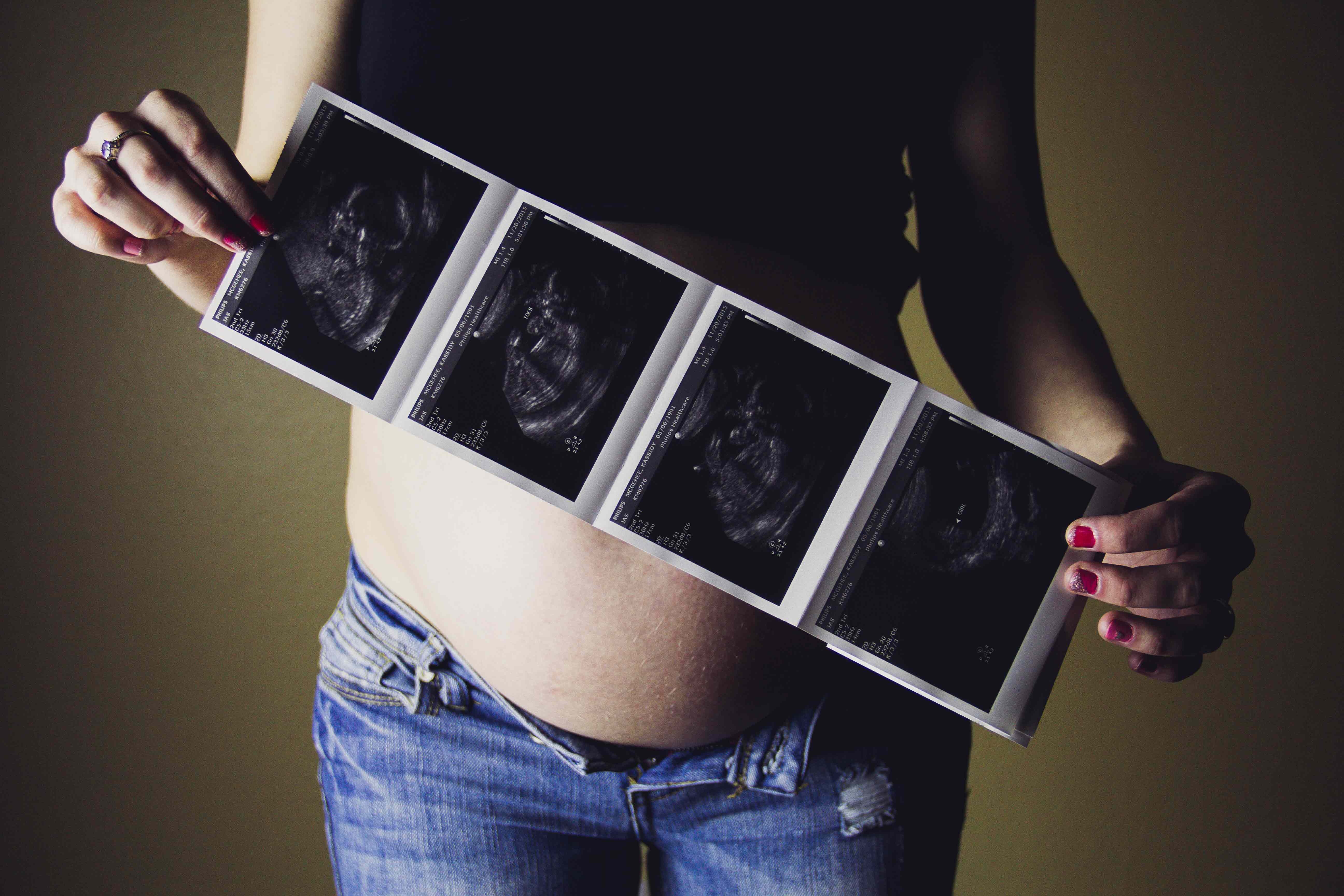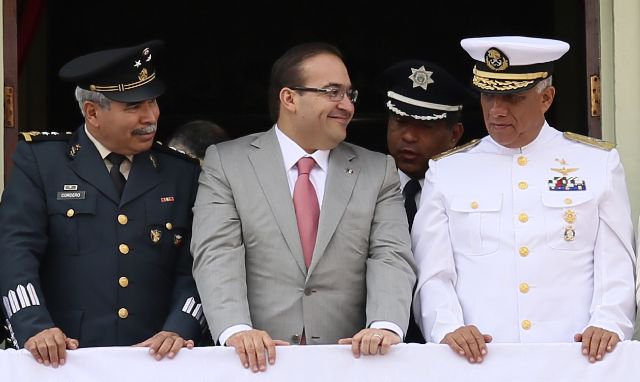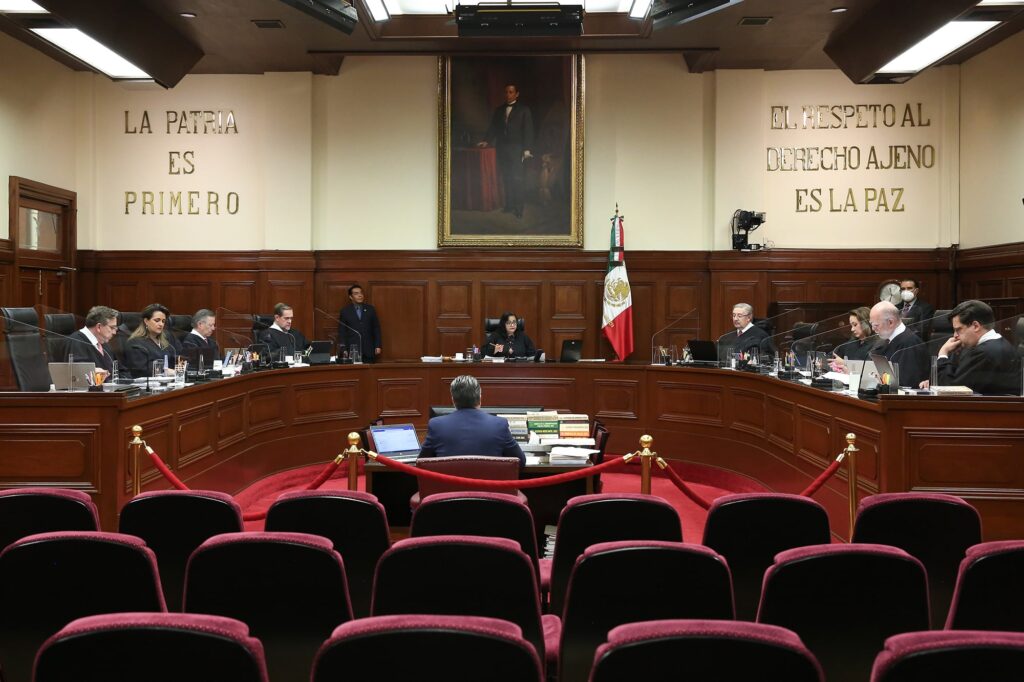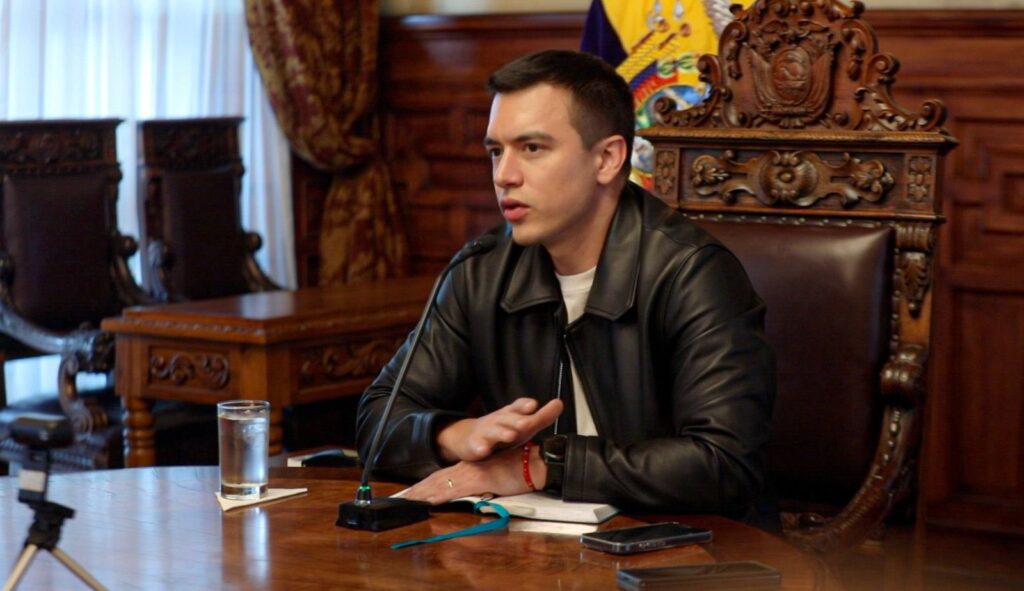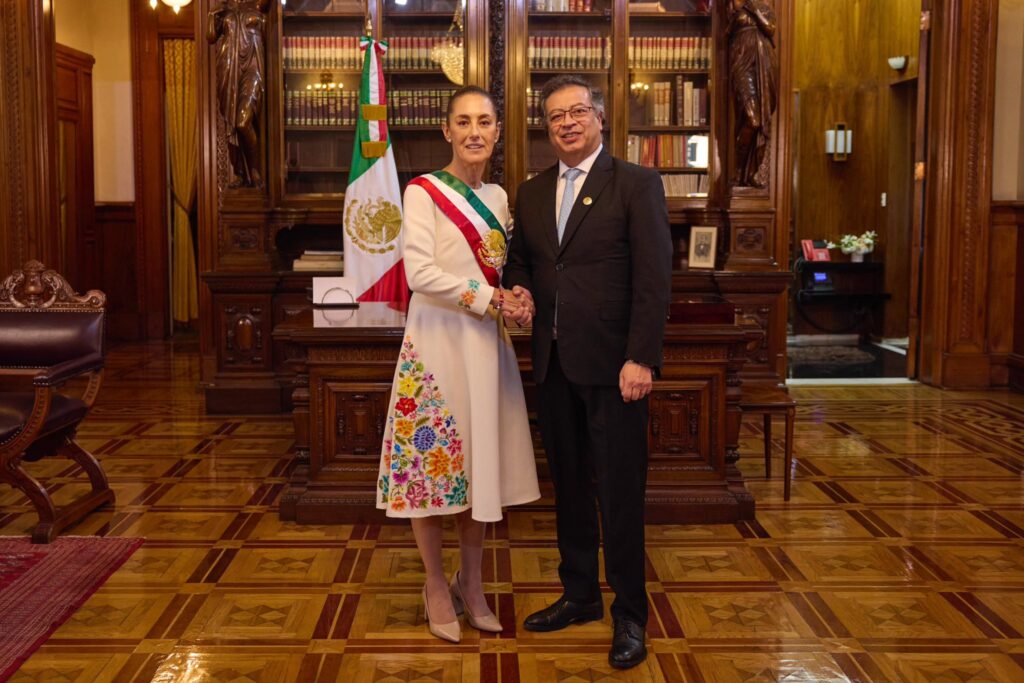The Latin American region has been identified as the second largest region on the globe, after Sub-Saharan Africa, for teenage pregnancies.
Ongoing studies by the Latin American and Caribbean Committee for the Defence of Women’s Rights (CLADEM), who are attempting to raise awareness of the issue across Latin America, have explained that a lack of government policies and a failure of human rights protections contribute largely to teenage pregnancies.
‘‘Forced pregnancy can be the product of a sexual violation or product of the lack of sex education, or not being able to access pregnancy prevention methods and emergency contraception,’’ the organisation explains. ‘‘In both cases there is responsibility of the States; in the first, for not having prevented sexual violence against girls and in the second, for not having provided them with the necessary tools to prevent pregnancy.’’
Currently studying a majority of countries in Latin America and the Caribbean, the women’s rights advocates aim to provide education and information, most recently through the campaign “Child Pregnancy is Torture.”
There are roughly 66.5 births to teenage mothers out of every thousand in Latin America, which is considerably higher than the global average of 46 births. Of the more than two million annual births to mothers under the age of 15 across the region, countries such as Brazil (26,700 U15 births), Mexico (10,277 U15 births), Colombia (6,045 U15 births) and Argentina (2,787) ranked specifically high in a 2015 study.
What’s more, any births to mothers under the age of 14 are considered rape or statutory rape, according to the report by the Inter Press Service.
The scope of concern across Latin America led three UN agencies to call out Latin American governments last year for insufficient progress and ‘unacceptably high’ teenage pregnancy rates. However, the region faces several setbacks due to religious beliefs, poor education methods and the traditional roles of women that mean little progress appears to be being achieved in the bid to reduce teenage pregnancies across the continent.
But what are the reasons behind the staggering amount of children and adolescents becoming mothers across Latin America?
It was just last year that Argentina held a historic vote which, if passed, would have led to the legalisation of abortion in the country. The vote led to a green wave of pro-choice supporters across the country’s cities, in hopes that they would join the likes of Uruguay, Cuba and Mexico City where people can choose to undergo the procedure. The decision was eventually voted down, with the majority of Senators declaring themselves pro-life.
Mexico, similarly faces a clamp down on abortion rights, where a response to the capital’s leniency has alternatively led to many other states around the country to strengthen the legislation around abortion, in many cases making it illegal entirely.
Last year there were thirteen public abortion clinics in the capital who were providing free abortions, after which the majority of patients are sent home with contraceptive methods such as an IUD, reported El Pais. Between the public and private clinics who provide the service, over 130,000 abortions have already been carried out since the law was passed. In response, there are now 19 states in Mexico that have interpreted state laws to show that life begins from the moment of conception.
Much concern has also been raised about Brazil’s new ultra-right president Jair Bolsonaro. Extreme policies on everything from indigenous rights to the environment are just some of the leader’s views that come alongside an strong anti-abortion sentiment that might lead to vast changes in the country’s policies.
Many NGOs and governmental bodies supporting the rights of women and young people highlight the absolute necessity of putting a comprehensive sexual health into national curriculums, as well as explaining the concept of gender ideology. However, this has faced widespread criticism and rejection from parents across the continent, with the rise of a movement called Con Mis Hijos No Te Metas (Don’t Mess With My Kids), which started in Peru but has spread to neighbouring countries. This is strongly rooted in the Catholic sentiments that pervade the region, and is also seen by parents as schools taking the liberty of teaching their children something which they don’t necessarily believe is true or correct.
To add to this, then, statistics which suggest just 30% of students across the region have access to sexual education, and we paint a picture of government bodies which are failing to provide young people with the necessary means to educate or protect themselves. Statistics from Colombia also recently pointed to a rise in cases of HIV due to poor education, the rise of dating apps and migration across the continent, suggesting that sexual health contributes to more than just protection from pregnancy.
In a school in Jujuy, Argentina, where 30 out of every 100 girls became pregnant, 80% of the students asked for sexual education, showing the generational gap in perspective.
“Over and above the pressure that the Church is putting on this issue, they have to understand that education is secular,” explained Jujuy’s Minister of Education Isolda Calsina to Actualidad.
Although the prevalence of Catholicism across a number of Latin American countries means there is an ongoing stigma against abortion, the number of clandestine abortions is also on the rise across Latin America. According to Time, three-quarters of the 6.5 million abortions that occurred across all of the Latin American countries combined were clandestine, meaning they were performed in non-professional, illegal settings. Complications to the procedure are often not medically attended to for fear of legal repercussions.
It is through the work of NGOs such as CLADEM that more protections are being demanded against young women and girls across Latin America.
‘‘CLADEM is a feminist network that works to contribute to the full validity of women’s rights in Latin America and the Caribbean, uses law as a tool for change. The regional organization brings together people and non-governmental organizations from Latin America and the Caribbean.’’
Additional reporting by Frances Jenner.


